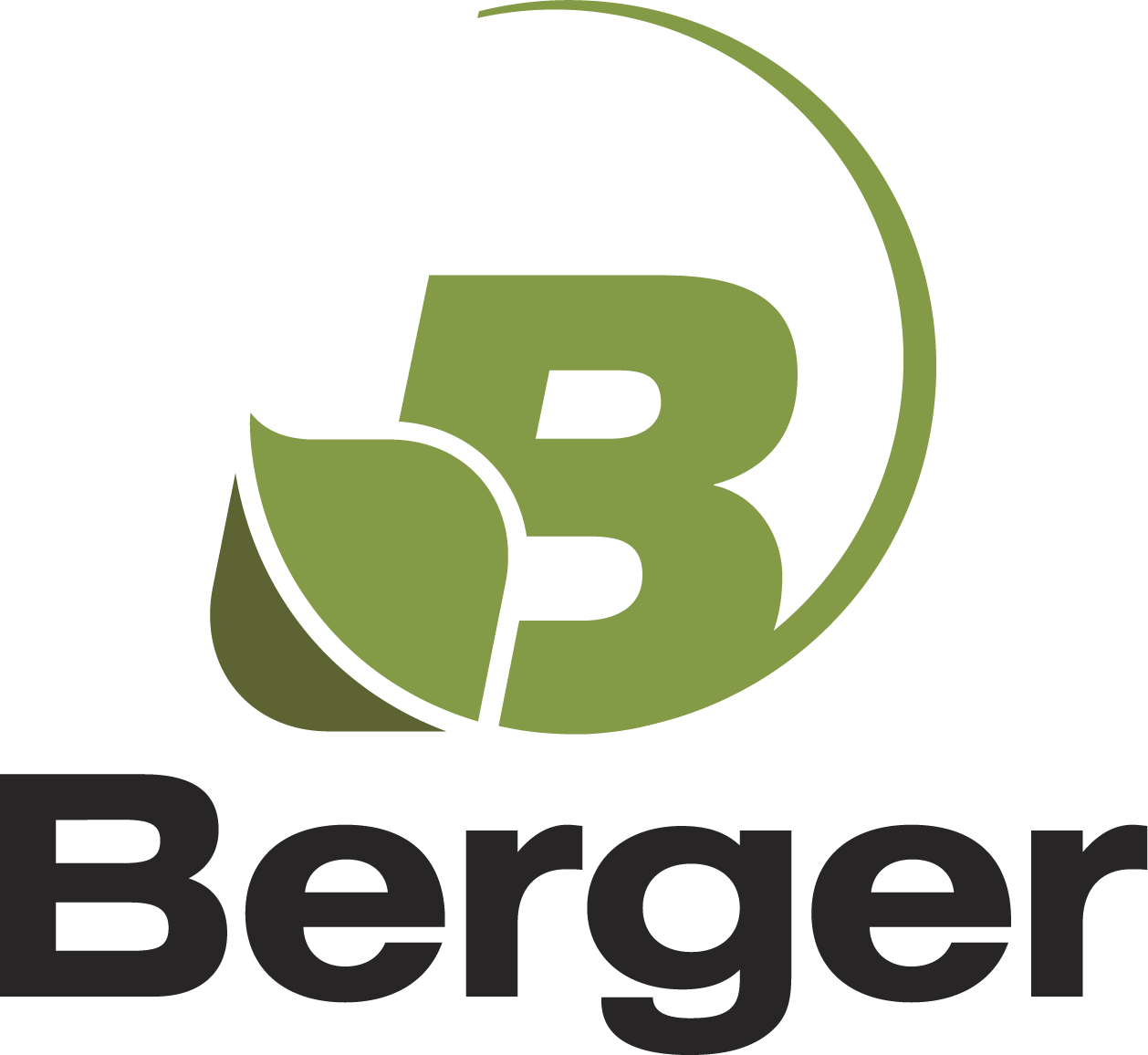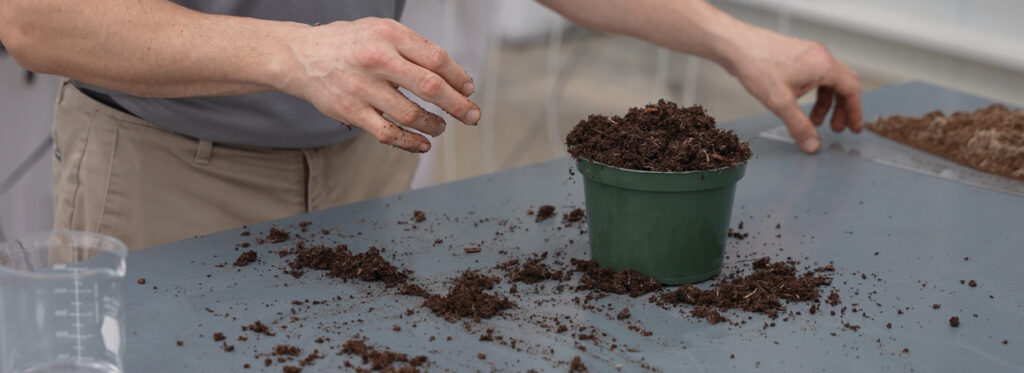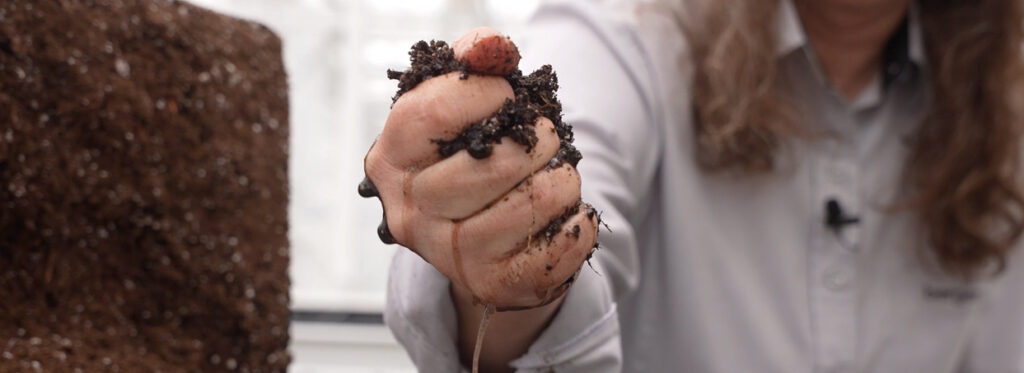Perennials – Looking at the Substrate… and Other Best Practices
Pauline Portal and Annie Girard
Perennials are an important part of the floriculture market. The increased interest we have seen over the past years is linked to their longevity and general ease of care: If their basic needs are met, perennial plants provide outside arrangements with diversity and colors that come back year after year.
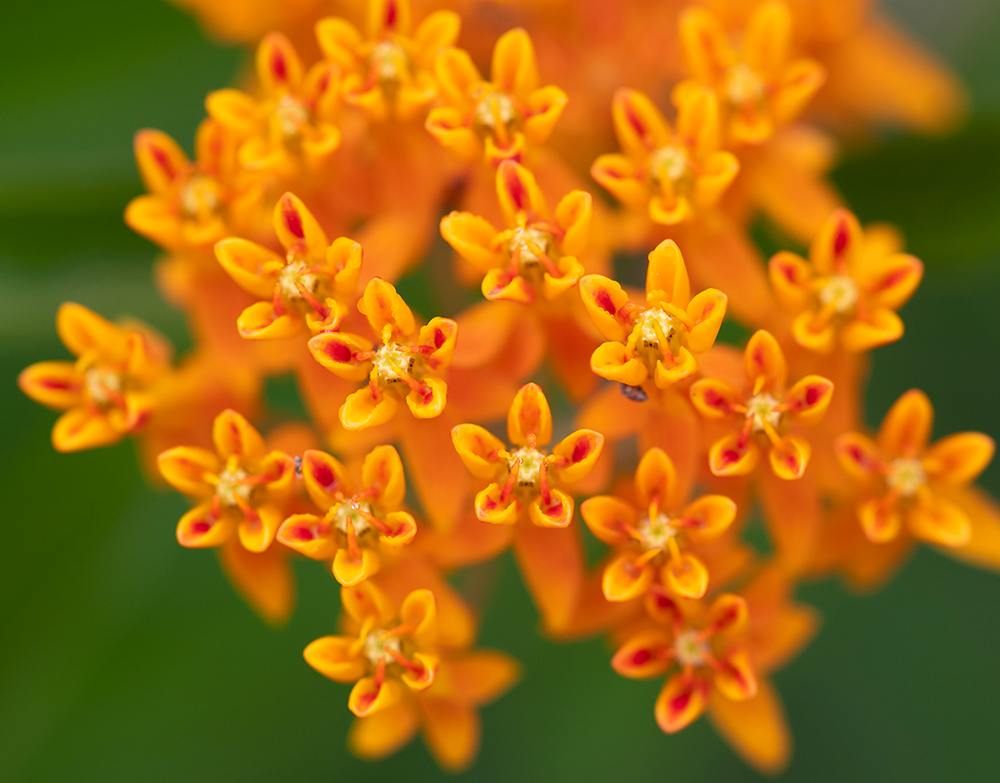
What to Look For
To provide healthy perennials to consumers, growers need to create an optimal environment for them to grow. This starts with a good growing media, in which the roots can have easy access to everything they need: water, nutrients, air, and physical support. Substrates with a higher particle size are preferred because they provide good porosity (air space) and drainage, allowing oxygen to rapidly return to the growing media, thus preventing the soil from becoming waterlogged.
Drainage is especially critical for perennials, as they are often grown outside and may be exposed to heavy rain and unpredictable weather. This is also the reason heavy components such as bark and even sand are often included in the substrate of outdoor productions: They ballast containers and keep them from toppling over.
Traditionally, and still today, mixes with high percentages of bark (95-100%) are often used. Locally available in many areas, bark (either composted, aged, or even fresh) typically has a large particle size, excellent drainage, a high density, and a low cost. However, the soil structure these mixes create may not be optimal for plant growth.
The Benefits of Peat Moss
While being an interesting material for perennial crops, bark does have several disadvantages. If used fresh, at very high percentages or if not properly aged or composted, it will tie up nitrogen, which significantly impacts plant growth and overall quality. Some of bark’s characteristics also come with a downside. For instance, heavy weight means expensive shipping, and the superior drainage it offers will force growers to irrigate much more during dry spells. Moreover, excess leaching of fertilizers is not only bad for the environment, but it also hurts your bottom line.
Sphagnum peat moss can be used to increase water and nutrient retention in perennial mixes. A recent trial on rudbeckia conducted by Berger highlighted the benefits of using a fraction of peat in substrates intended for perennials. Compared to a 100% bark mix, substrates with up to 60% sphagnum peat moss showed better root development, and a more abundant and greener top growth. This can be attributed to more access to water and nutrients, most notably nitrogen. Surprisingly, some of these benefits could already be seen with as low as 5% peat moss in the substrate, showing the undeniable beneficial impact of sphagnum peat moss on plant growth.
Trial Highlights
Products specifically aimed at perennials market have been tested by Berger, using rudbeckia.
Several parameters were evaluated over a period of two months, including nutrient levels, density, particle size, pH, roots development, shoot dry weight, etc. Tested products:
Recipe A:
- BM7 Coarse Bark
- 60% Sphagnum Peat Moss
- 25% Coarse bark
- 15% Perlite
Recipe B:
- BM7 Bark
- 50% Sphagnum Peat Moss
- 35% Bark
- 15% Perlite
Recipe C:
- BM7 Coarse Bark 25 NF Wood
- 50% Sphagnum Peat Moss
- 25% Coarse Bark
- 25% Wood Fiber
Recipe D:
- BM7 Coarse Bark HP 25 NF Wood
- 40% Sphagnum Peat Moss
- 35% Coarse bark
- 25% Wood Fiber
Recipe E:
- 100% Coarse Bark
Recipe F:
- 95 Coarse Bark 5 BP-Pro
- 95% Coarse Bark
- 5% Sphagnum Peat Moss
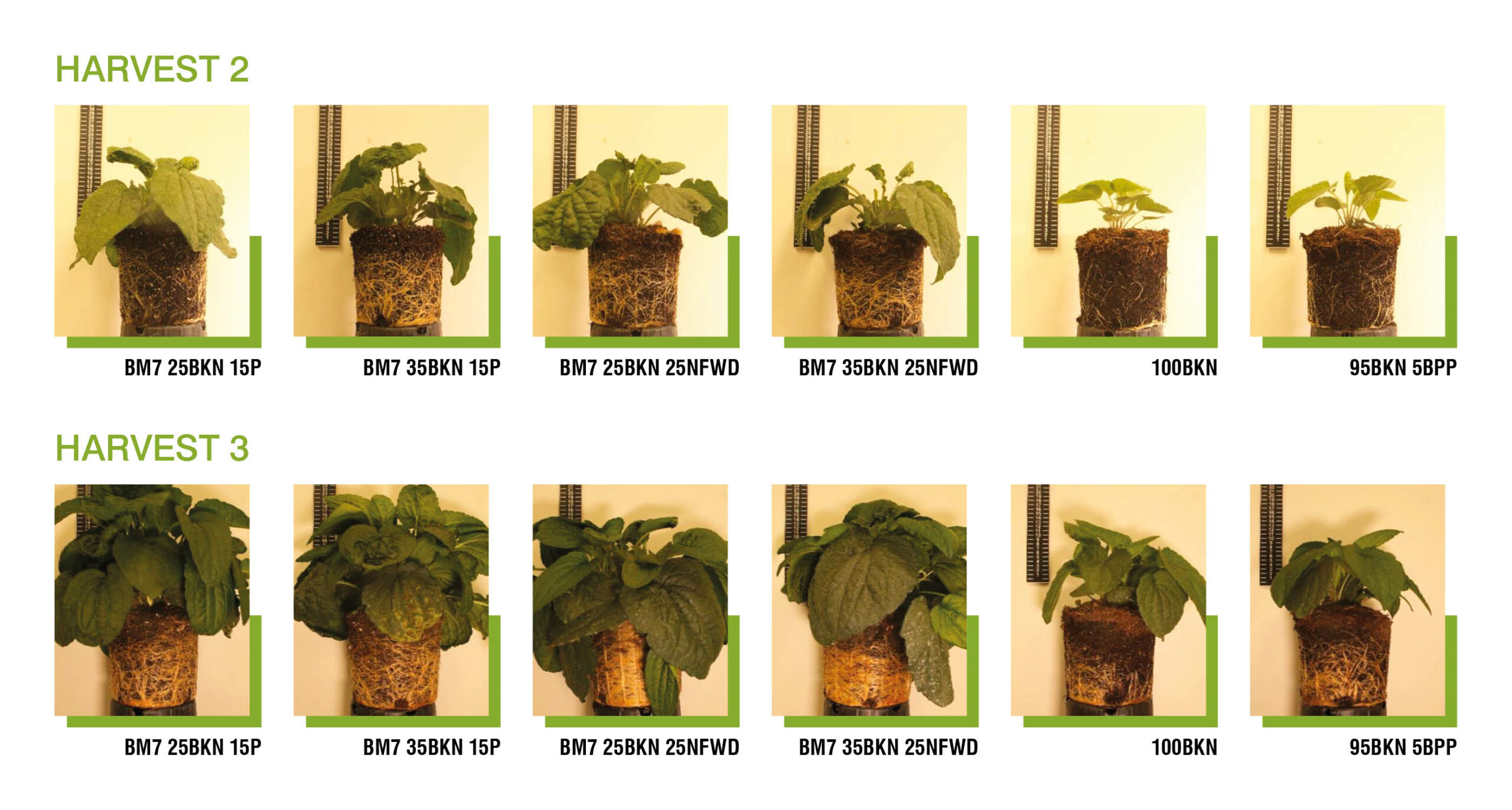
Trial Objection
Products specifically aimed for perennials market have been tested by Berger for nutrient levels, density, particle sizes, pH, roots amount, shoot dry weight, etc., for over two months using rudbeckia.
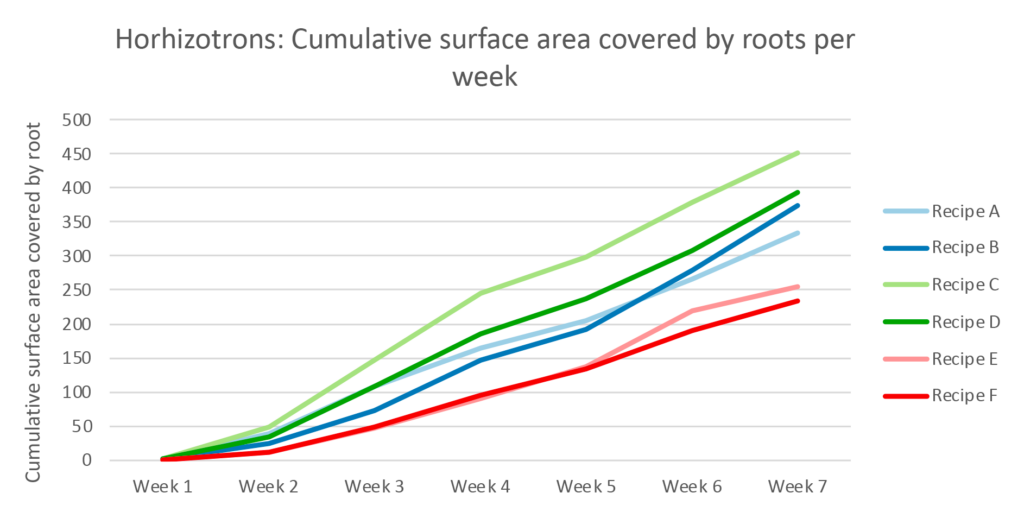
A Newcomer in Perennial Substrates: NF Wood
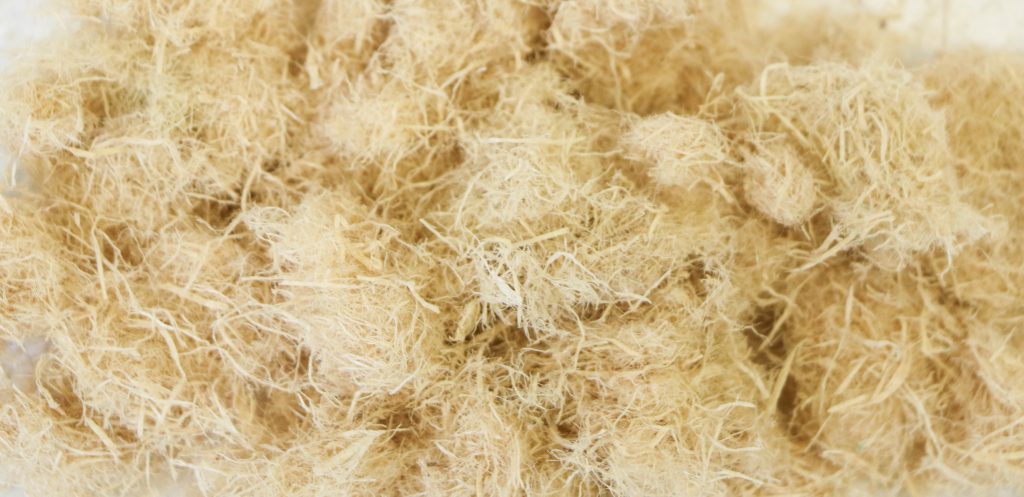
Over the past few years, a new component entered the substrate market and is more present in perennial productions: wood fiber. This component provides both porosity and water retention, with the added benefits of being light and highly compressible. While its low weight would make it hard to use it at high concentrations to grow crops outside, blending it with bark gives enough ballast to containers. Even a moderate proportion of wood fiber is enough to reap most of the benefits.
In our trial with rudbeckias, we also tested the impact of wood fiber as an alternative to perlite in a perennial mix. The results are clear: The presence of NF Wood significantly improved root development. On average, mixes with wood fiber consistently covered a larger cumulative surface area with new roots every week (see graph). Wood fiber has everything it needs to become a popular component for outdoor perennial productions.
These results are very promising and show that components other than bark have interesting properties that can significantly improve substrates intended for perennial productions. We have barely scratched the surface of all the potential benefits.
Of course, as with any new growing media, certain adjustments may be required: irrigation, fertilization program, pH management, etc. However, we believe these modifications are well worth it given the added benefits. If you want to try something new for your perennial crop, Berger’s Technical Services team is available to help you select the optimal growing media for your production, setup trials and help adapt your practices.
Don’t Forget These Best Growing Practices
Creating an optimal environment for perennials to grow may start with a good growing media, but it does not end there. For instance, space organization is vital. Grouping species will make it easier to manage them and will also ensure that you’re able to cater to their specific needs without losing efficiency. It’s important to identify species that share the same watering needs, fertilizer programs, PGR applications or flower timing and put them in the same area to make your operation run more smoothly.
Growers that also do weekly nutrition monitoring through soil, water, tissue, and pour-through testing can react quickly and adjust their feeding to the plants’ needs. Pests and weeds should also be monitored weekly to ensure that any issue is spotted quickly and dealt with before it gains momentum.
Proper irrigation is also important in creating an optimal environment. Keep in mind that irrigation can be especially challenging when growing perennials — over or under watering can cause high crop loss and significant disease pressure. You should measure how much water you put on the crop, how uniform the application is, and track the leaching fraction (10-20%). Clean water is a necessity, so make sure irrigation lines are sanitized properly to eliminate biofilm and algae. This reduces the presence of pathogens and prevents drip lines from clogging.
Throughout the crop, be sure to take many notes on culture improvements and unforeseen challenges. Keep records of your costs, sales, and labor. Save copies of your pest control plans, PGR application timelines and of any other time-sensitive tasks. This information will be your starting point for next year’s planning.
